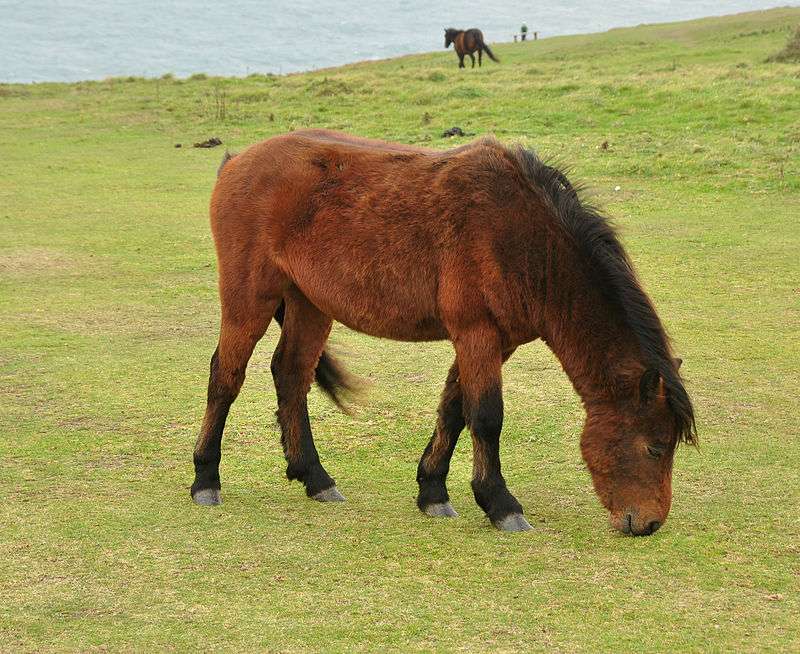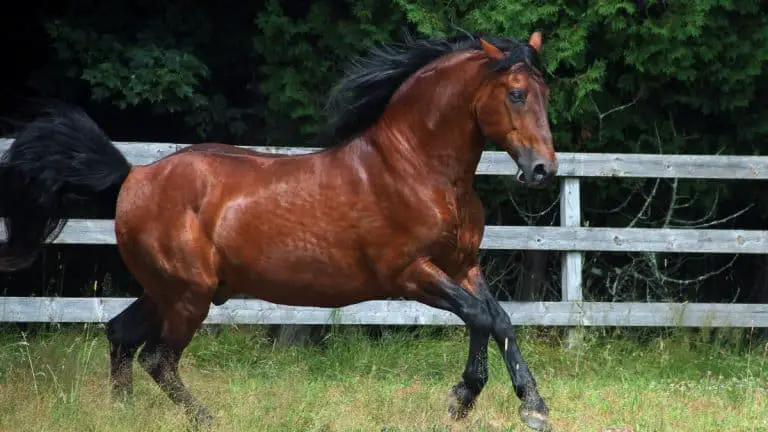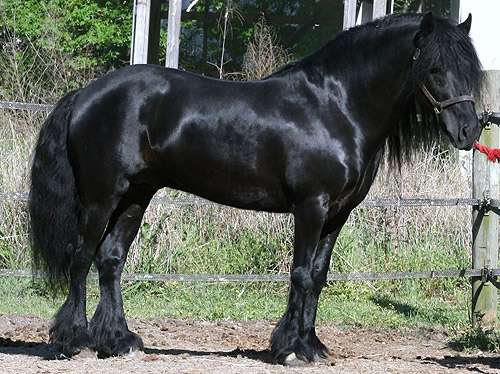
Size
Up to around 1.22 meters.
Physical Attributes
Dartmoor ponies are tiny, tough, and powerful, and they frequently have a lot of stamina. They have thick necks, well-laid backs, sloping shoulders, tiny heads with huge eyes, and powerful hindquarters.
Colors
Black, bay, or brown are the most common colors, while other hues can also exist.
Characteristics and Genetics
Devon, England is home to a breed of horses known as the Dartmoor Pony. The breed has been present in England for many years and serves a number of purposes. The Dartmoor Pony is a very durable breed with exceptional stamina due to the adverse weather conditions experienced on the moors. The stallion Dwarka, who was born in 1922, and The Leat, Dwarka’s son, both contributed Arab blood to The Dartmoor. From the stallion Dinarth Spark, Welsh Pony breeding was incorporated, and Fell Pony blood was also infused. When the ponies were enrolled into a studbook established by the Polo Pony Society in 1898, the first attempt to define and register the breed was made. The breed society was established in 1924, and a studbook was established.
They are trustworthy, resilient, sane, and friendly. They make ideal children’s ponies because of their placid natures and diminutive stature, however they are also strong enough to easily transport small adults. Typically, they are employed in dressage, competitions, showjumping, and carriage driving.
There is frequently some misunderstanding regarding this breed: contrary to popular belief, not all wild ponies that wander the moors in Devon are authentic Dartmoors, as these can also be crossbred with unidentified breeds. Breeders frequently use meticulous breeding practices to ensure the purebred status of the Dartmoor that are sold today as sport and leisure ponies.
Uses
The Dartmoor pony’s involvement in kids’ riding instruction is what makes it so well-liked. Despite the pony’s tremendous strength, its stature makes it unsuitable for larger adults. Because of this, the pony is more suited for smaller jockeys, children, and teenagers.
The pony is useful for riding, showing in competitions, and other outdoor activities.
Speed
Let’s face it, Dartmoor ponies aren’t known for their speed. This breed is mostly recognised for its gentle and docile nature, which makes it perfect for endurance-based sports and child riding. In the universe of this pony, speed has no place.
The Dartmoor pony can certainly travel at 20 mph when necessary, but only in emergency situations and seldom over long distances. Its big midsection, short legs, and small frame mean that its body isn’t designed for speed either.
As Pet

Grooming
Given its thicker coat and richer mane and tail, the Dartmoor pony might need more intensive grooming services. Its coat should be brushed frequently to remove dust, filth, and insects and to keep it looking clean and healthy. The fluffy mane, which frequently reaches sizes a lion would enviously envy, is the same.
Nutrition and Diet
The Dartmoor pony is content with its daily supply of grass, hay, and clean water. The pony’s diet typically varies according to how much exercise it gets each day.
Lifespan
There is no reason a Dartmoor pony couldn’t live 35 to 40 years or more with the right care and a balanced, healthy existence. This makes the pony even more desirable because it is older than the typical 25–30 years for most horse breeds.
Temperament
The Dartmoor pony’s reputation as a popular children’s pony speaks a lot about the breed. Its fundamental traits include modesty, benevolence, loyalty, dependability, and tranquility.
Table





